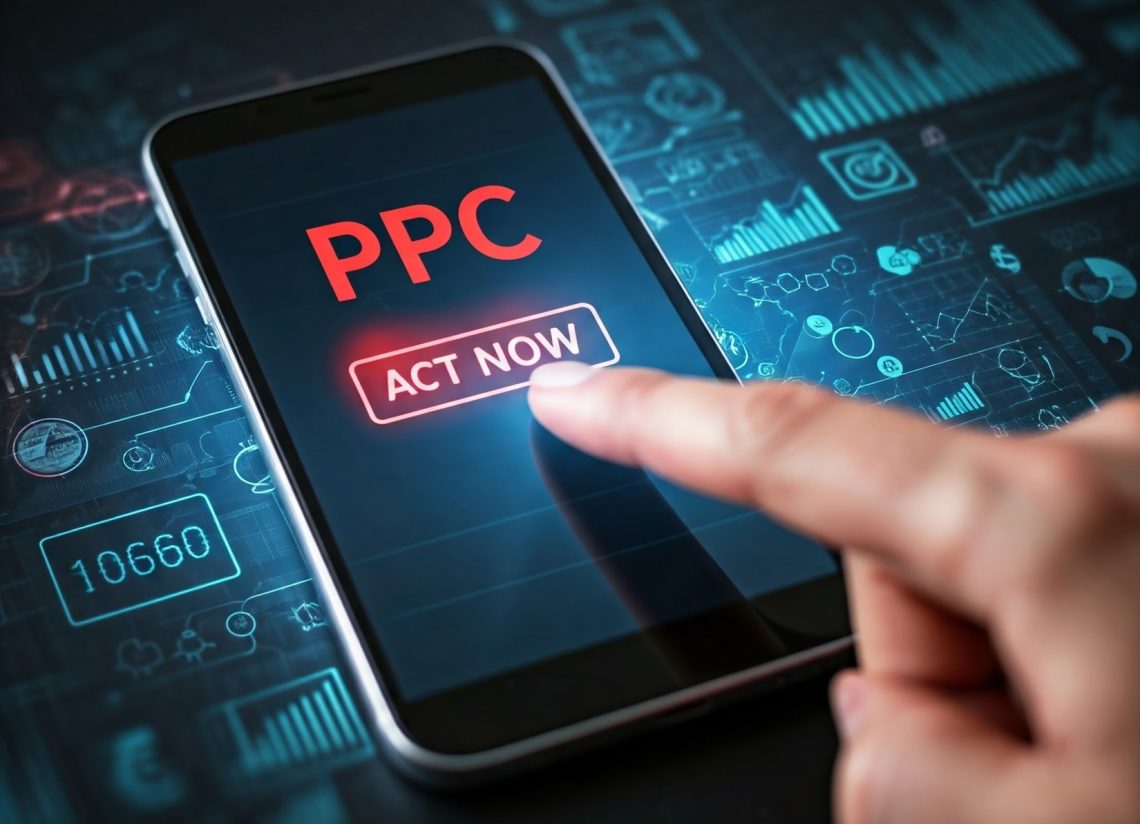Overwhelmed by Too Many Marketing Tools? Here’s How to Regain Control

Trying to grow your pipeline? Are you logging into three or more platforms before the first sip of caffeine hits your veins? Trying to figure out which one(s) work and which one(s) to discard and concerned that something might be slipping through the cracks? Do you find yourself in one of these predicaments? Your website […]
What’s the difference between SEO and CRO
Three Mistakes Organizations Make with Their SEO

Organizations often want their website to be ranked well for keyword phrases around their offering, not just around their brand. Yet too many of them make these three mistakes repeatedly. We recommend reviewing your site SEO campaign and, if you find one or more of them, take steps to correct them – or reach out […]
Five Common Mistakes Businesses Make with Paid Search Campaigns

Paid search is a great way to target, with very specific criteria, your target market to get more business. With a Pay Per Click campaign you get immediate visibility to a targeted audience and you have complete control of your budget. In addition, you can track every action in order to understand your return on […]
Did You Know? Digital Marketing Insights for Business Owners and Marketing Leaders

Digital marketing can feel like a whirlwind of acronyms, platforms, and ever-changing algorithms. Whether you’re a seasoned business owner or someone managing a marketing strategy, staying informed about lesser-known aspects of digital marketing can make a big difference. Let’s look at some surprising facts and figures that could reshape your approach to digital marketing. 1.Search […]
The Three Factors Needed to Make Your Website Work for You

What if you already have the right people coming to your website and simply aren’t giving them the right information to convert them into customers? When optimizing a website for conversions, the primary goal is to guide visitors toward taking specific actions, such as filling out a form, making a purchase, or contacting you. Here […]
AI Innovation

There are some amazing technology breakthroughs happening all around us. Have you heard of NotebookLM by Google? I added our two most recent blog posts into a Notebook and with the click of a button and a wait of about two to three minutes, I got this 10 minute podcast. Give it a listen: Want […]
How to Create a Conversion-Optimized Website

Your website is a critical tool in your marketing arsenal. We’ve seen firsthand how a well-optimized site can drive more traffic, generate leads, and ultimately convert visitors into loyal customers. But what makes a website truly conversion-optimized? Conversion rate optimization (CRO) is the process of enhancing your website to increase the percentage of visitors who […]
The Digital Marketing Strategies Every Business Owner Should Know

Last week I opened my mailbox and saw a blast from the past. It’s a phone book. An honest to god phone book. Well actually it is just the yellow pages. But still, I am fascinated. Businesses still pay to have ads in the yellow pages in 2024. This is a shotgun approach to marketing […]
10 Steps you Can Take to Leverage Technology as the Cost of Business Rises

As the cost of doing business continues to rise, competition is intensifying. How can you leverage technology to monitor what your competitors are doing so you can stay one step ahead? Monitoring competitors’ digital marketing strategies is one way to identify opportunities for improvement and differentiation. Here’s a step-by-step approach you can take (or hire […]
